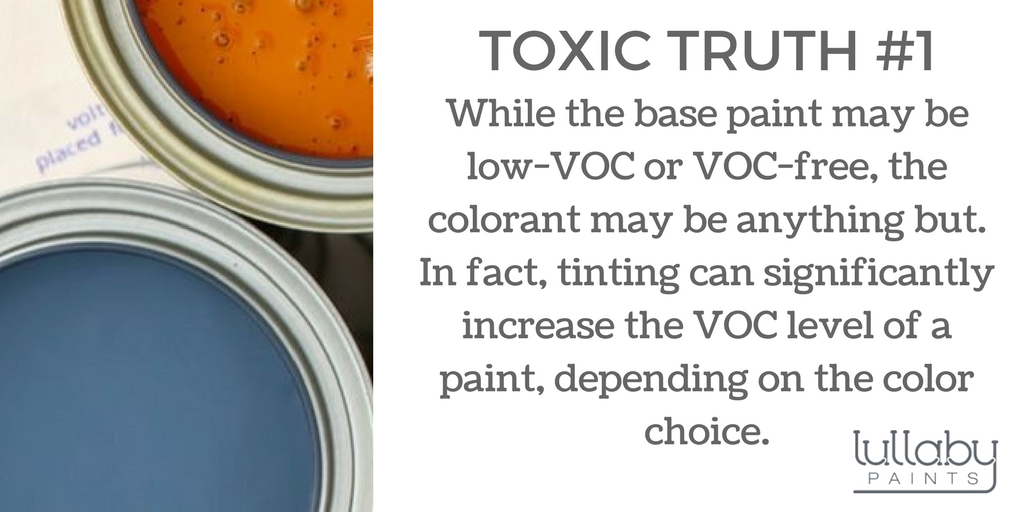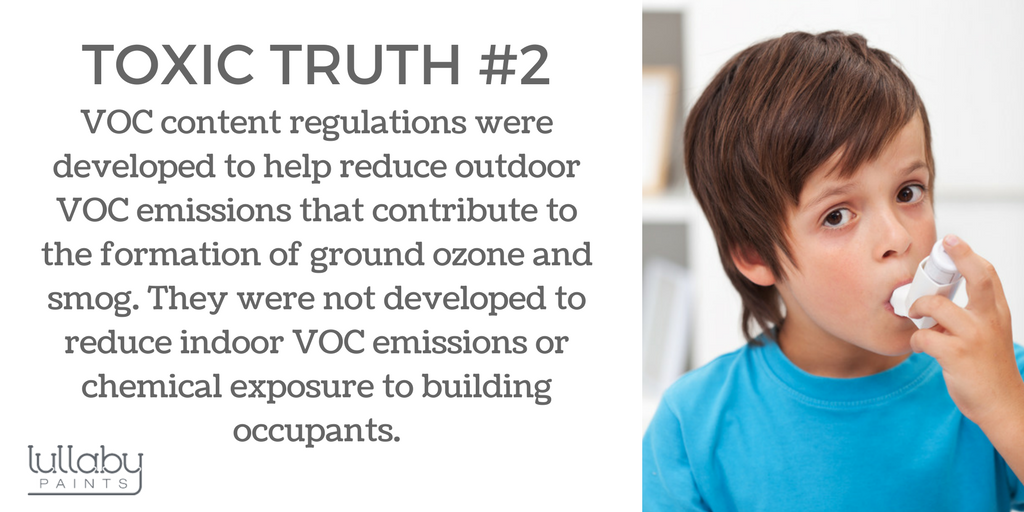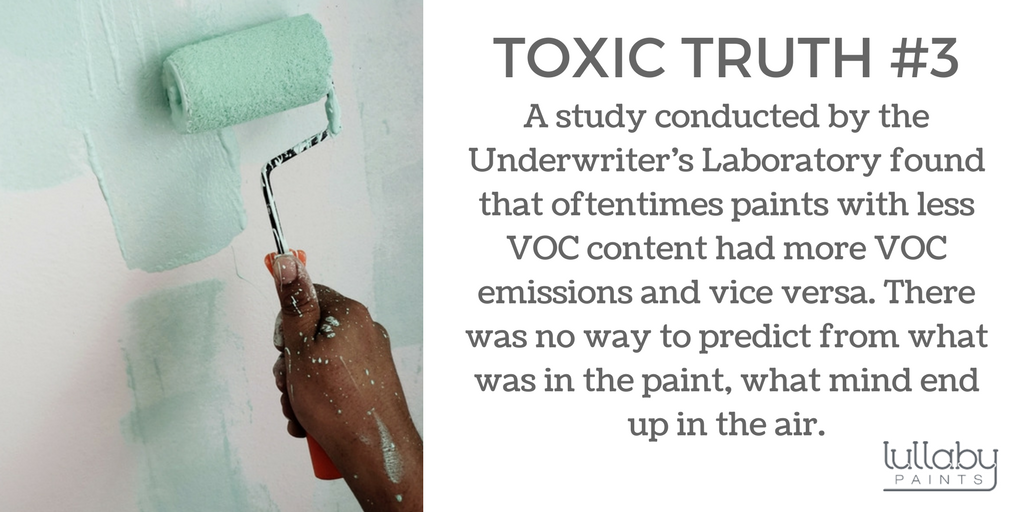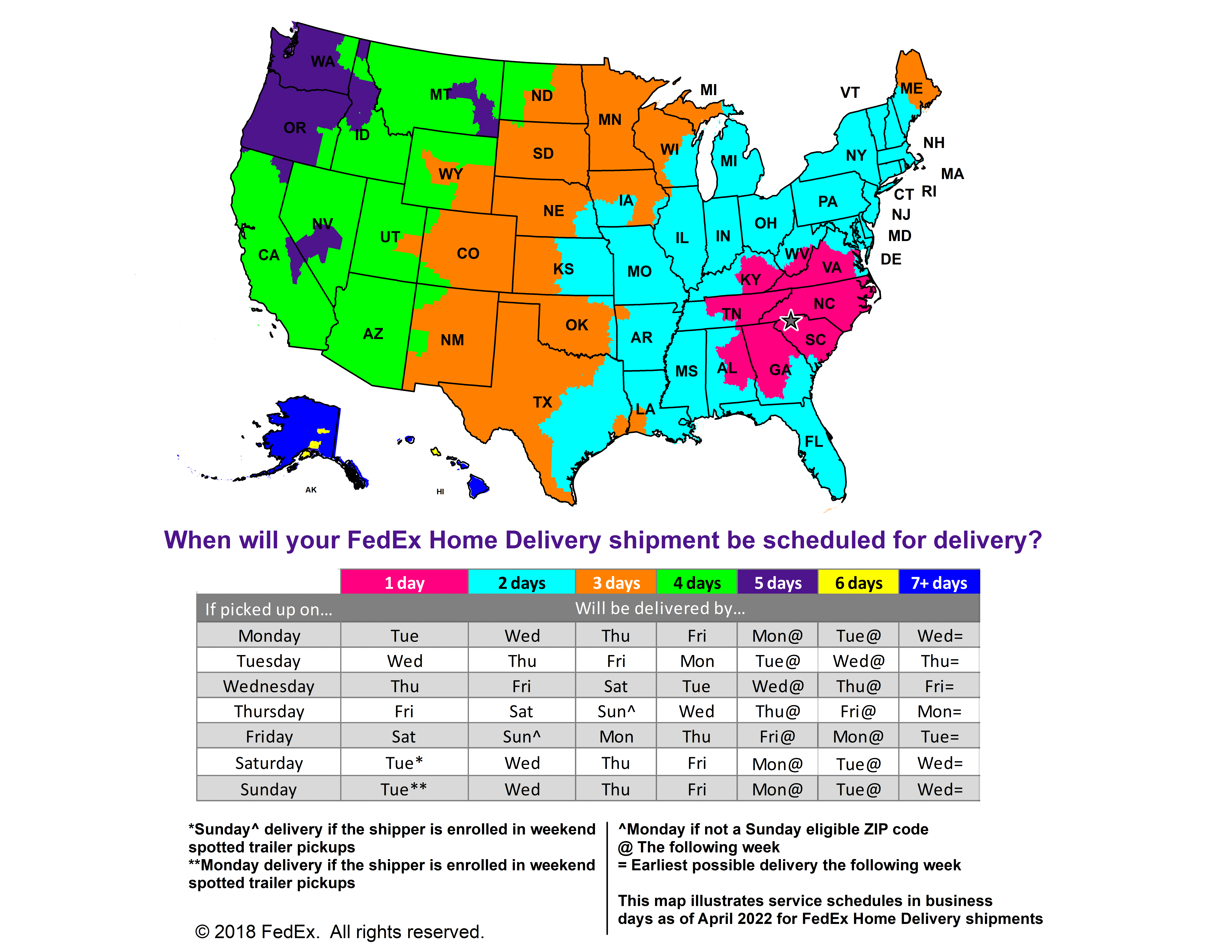The Toxic Truth About Most “low-VOC” and “zero VOC” Paints
What do you think of when you see the terms “low-VOC,” “no-VOC,” or "zero VOC" on the side of a can of paint? If you’re like most people, you probably think the paint is safer and doesn’t release as many fumes into your indoor air. Maybe you think it’s worth the premium price because it protects the health of your family. Unfortunately, for the most part, you’d be wrong.
What are the levels of VOCs in zero, low, and conventional paints?
Federal VOC limits are now set at 250 grams per liter (g/l) for flat paints and 380 g/l for others. But, there’s a patchwork of different standards in states and regions across the U.S. For example, California's standards are stringent: 150 g/l for nonflat finishes and 100 g/l for flat. And, when you have lower requirements in such a massive economy, it tends to impact the whole industry, so today, a typical can of flat interior latex paint contains about 150 grams per liter of VOCs. Low-VOC is usually 50 g/l or less and no-VOC is usually 5 g/l or less.
Did you catch that first discrepancy? No-VOC and zero-VOC paints can still contain VOCs. But, that’s just the beginning of how misleading these claims are. Allow us to spell out a few other toxic truths:
Toxic Truth #1
Even if you invest in low or no-VOC paint, if you’re adding a conventional color tint, you’re likely defeating your intentions. "You’ve flipped through a million paint chips and finally picked the color you want," writes the Federal Trade Commission. "But if VOCs played a part in your paint choice, it’s important to know that stores will make that color by adding colorants to a base paint. And while the base paint may be low-VOC or VOC-free, the colorant may be anything but. In fact, tinting can significantly increase the VOC level of a paint, depending on the color choice. The bottom line: if you want low-VOC paint, look for low-VOC base paint and low-VOC colorant." Typical colorants used to tint paint can be much higher in VOCs and can bump your VOC levels right back up to 100 g/L or more. (FYI - Darker colors tend to have higher VOC levels.)

Toxic Truth #2
VOC content regulations were developed to help reduce outdoor VOC emissions that contribute to the formation of ground ozone and smog. They were not developed to reduce indoor VOC emissions or chemical exposure to building occupants.
According to environmental attorney Jennifer Taggart:
The term “VOC” is often used in a precise regulatory context, and the definition is defined by laws. From a regulatory perspective, VOCs are usually of concern because they evaporate at room temperature and then react in sunlight to help form ground-level ozone, an integral component of photochemical smog. These VOCs are referred to as smog precursors. Smog is that green haze that hangs over many large cities, and that we are working to eliminate.
But you are probably more concerned with VOCs because they have health effects. VOCs can cause respiratory distress; skin and eye irritation; headaches; nausea; muscle weakness; and even more serious ailments and diseases. For example, formaldehyde, a VOC often found in the home because of its presence in engineered wood products, including furniture, cabinetry and building materials, is considered a probable carcinogen by the EPA, is listed on California’s Proposition 65 list of chemicals known to the state of California to cause cancer, is genotoxic (damaging to genetic material), and also causes eye, nose and throat irritation.
When it comes to trying to reduce toxic chemical exposures, understanding the regulatory framework is important for any class of products. For example, if you buy a paint labeled “low VOC”, you are usually buying a paint that has low VOC content based upon the definition of VOC under the federal Clean Air Act. In this context, VOCs are defined in terms of photochemical reactivity (ability to form ozone), and not toxicity. In the regulatory context, certain VOCs are exempt from regulation because they are not photochemically reactive (they are not smog pre-cursors). However, these VOCs may be toxic. For example, methylene chloride and 1,1,1-trichloroethane are not considered photochemically reactive, so they are exempt. But they are associated with adverse health effects.

Toxic Truth #3
Testing shows that VOC content doesn’t exactly correlate to VOC emissions. (We know - it’s confusing.) The “Paint Volatile Organic Compound Emissions and Volatile Organic Compound Content Comparison Study” conducted by the Underwriter’s Laboratory found that oftentimes paints with less VOC content had more VOC emissions and vice versa. There was no way to predict from what was in the paint, what mind end up in the air.
According to the study, “the results demonstrate that paint VOC content should not be used as a proxy for paint VOC emissions into indoor air, as there is no correlation between the two measures. These results demonstrate that low VOC content is not necessarily indicative of acceptable VOC emissions for specific compounds with known health impacts. Thus, building designers, owners and operators, or occupants may be provided a false sense of security regarding the quality of the indoor air.”

What can you do?
Given the fact that most companies have taken advantage of the lack of oversight and regulation and perpetuate marketing messages that blur the truth, you really need to do your research before buying any paint.
For both the paint and the color tint, ask the manufacturer for the MSDS (or get it off the web), which should identify the ingredients, so you can identify any of concern that may not fall under federal VOC regulations.
Find a company you can trust -- like Lullaby Paints. Seriously, we were just as confused and frustrated with the industry and that’s why we created Lullaby Paints. We wanted something better. We're the first paint company to offer transparency with a Declare label and Health Product Declarations. And we're truly zero-VOC.*
*Conforms to CDPH 01350 (VOC emissions test taken at 11, 12, & 14 days for classroom and office use). Learn more about VOCs and our commitment to healthier paints here and here.
And, in case you’re wondering, we didn’t compromise on quality even a smidgen. Lullaby Paints might take a little more time and effort to produce, but we think that our babies are worth it.
Order your FREE samples today!

























